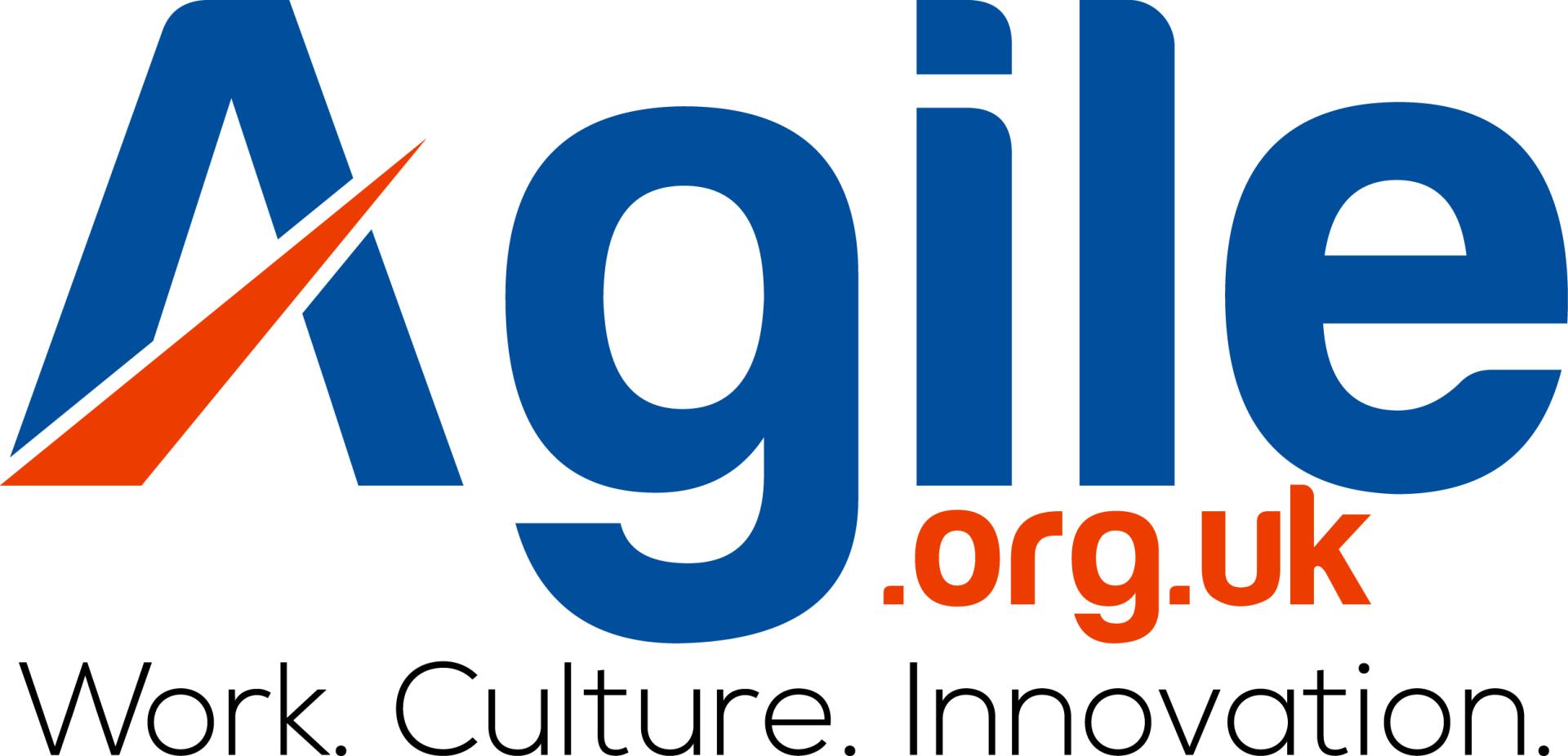If you haven’t heard of agile working, you could be missing out on the thing that might revolutionise your business. In a nutshell, agile working is a system whereby teams and employees are given the freedom and flexibility to pursue solutions to problems however they see fit. Oversight and rules are minimised, while creativity and innovation are heavily emphasised.
Such a system has a lot of benefits, but one of the potential drawbacks is that it can be difficult to measure success. Since a team is looking for out-of-the-box solutions and approaches, traditional methods by which you judge success may not apply quite as neatly. That doesn’t mean you can’t track achievement, though. Here are some of the key metrics and indicators for agile success.
Deadline management
Of course, just like any other project, the speed with which an agile team or employee completes a task is of paramount importance. While it would be nice to give every employee and team unlimited time to pursue solutions, that’s just not practical, so the efficiency with which teams manage to hit deadlines can be a great metric for agile success. Pay close attention to whether or not agile teams are hitting deadlines and maintaining a high standard of work. If they are, then you can happily judge your agile experiment a success!
Customer satisfaction
Of course, any customer-facing business is only as good as its customers’ satisfaction. One way to judge the success of an agile business model is to see how happy your customers or clients are with the results. Send out email questionnaires and followups to determine whether or not customers are satisfied with your company. This is a method for judging success under any business model, of course, but that means it works for agile businesses as well. If your customers are happy, then your agile model is obviously working.
Innovation
One agile-specific way to judge success is to determine whether or not your agile approach is leading to breakthroughs or innovation in your business. If you’re seeing new solutions to old problems pop up all the time, then that indicates the agile working environment you’ve created is showing results. After all, the whole point of an agile approach is to create new and innovative approaches to problems, and so if you’re seeing that happen, that’s a good metric for success. If teams are routinely falling back on the same solutions, you might want to retool your agile model.
Employee feedback
Of course, another way to determine whether the agile approach is working is to simply ask your employees whether they think it is or not. Is this environment one in which they’re enjoying working, or would they rather things were different? In the business world, it can be easy to get lost in what your customers think and want, which means you might forget about your workforce, who are just as important. Talk to them regularly and hold meetings to determine whether or not the agile approach is working for them on both a short-term and long-term basis.
Project progress
There’s another very simple way to check whether an agile working approach is yielding results or not: keep an eye on project progress. Using project management tools like Asana, Trello, or any number of other software solutions, you can check whether or not a project is progressing at the rate you’d like, and so can your employees. Make sure to encourage them to provide regular updates and feedback regarding the progress of a project. If you’re seeing the project moving at pace, then you’re likely implementing agile work as it’s intended to be implemented.
Quality of outcome
Whether you’re working to create a product, hone a service, or deliver any other kind of project, the quality of that project should be a pretty undeniable indicator of the success of your agile approach. You can use the metrics outlined above to determine project quality as well as the success of the overall model, but if you’re a business owner, you should be able to see the difference between high-quality and low-quality versions of what you offer. Simply take a look at what the agile approach is producing, and if you deem it to be good, then you can call your experiment a success.
Team happiness
Team happiness is not quite the same thing as employee feedback. Asking your employees to tell you how the project is going is one thing, but asking about how happy they are and whether they’re on the verge of burning out is another. Agile working may be a good environment for fostering creativity, but it can sometimes be a high-pressure environment, too, and the last thing you want is to start damaging your employees’ mental (or even physical) health. Be sure to check in regularly to make sure your employees are safe and well.
Predictability
Checking on one project is all well and good, but the true measure of whether an agile approach is working or not is whether it’s predictable (ironically, given the methodology of agile working). Can you happily say that every project you undertake with the agile approach is yielding results? If so, then you can safely say your approach is predictably generating positive outcomes for your company, which is another key indicator that it’s proving successful. If one project succeeds under the agile approach but another one doesn’t, then it might not be the right model for your business.













